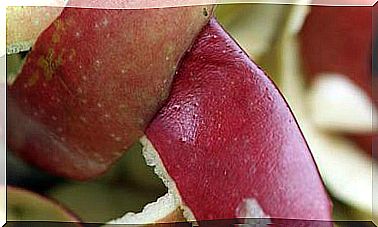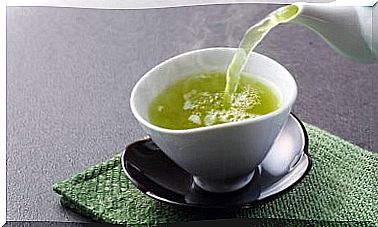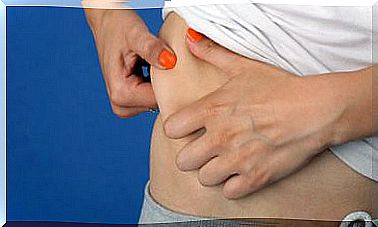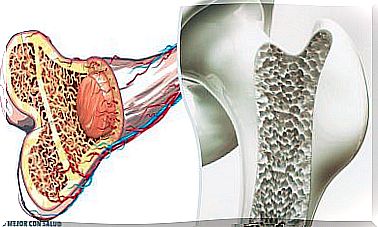Types Of Running Footprints: Everything You Need To Know
Some types of running footprints can lead to injuries, ailments and a variety of other inconveniences. What to do about it? In this space we give you some recommendations.

Running is one of the most popular sports on the planet. However, it is essential to do it correctly to avoid injury. Some runners naturally adopt good technique, as explained by Dr. Ángel González de la Rubia, president of the Spanish Society of Sports Podiatry. On the contrary, there are others who find it difficult to acquire an adequate footprint when running.
In the latter cases, to correct defects and defects that can cause problems, it is essential to perform a footprint analysis. To do this, a video of the runner in full activity must be recorded, which will then be analyzed by an expert. The result of this analysis will determine the type of footprint when running, whether neutral, pronation or supination.
Neutral tread
The neutral footprint refers to the cases in which the foot is supported with the outside of the heel, and bends inwards, to assimilate the impact and support the weight of the body. In general, this type of footprint is performed by people with normal-size arches.
In these cases, when the foot is lifted off the ground, it distributes weight and force equally from the distal part – where the toes meet – making neutral runners less prone to injury.
Pronation
This tread usually occurs in people with flat feet or low arches. In this case, although the foot also rests on the outside of the heel, when rotating inwards to incorporate the impact, it does so excessively.
In this way, the weight is transferred towards the inner margin of the metatarsal and, consequently, when the foot leaves the ground, the first and second toes make a greater effort. Therefore, pronation can cause problems such as:
- Bunions
- Medial stress of the tibia.
- Heel spurs.
- Inflammation of the thick tissue that joins the toes with the heel.
Supination
Finally, we have a type of running footprint in which the outer side of the heel strikes the ground at a greater angle. In this movement, the turning of the foot inwards is practically zero.
This action causes the force of the impact to be transferred to the lower leg. It is a common tread in people with high arches, and can cause injuries such as sprained ankle, medial stress on the tibia, and plantar fasciitis.
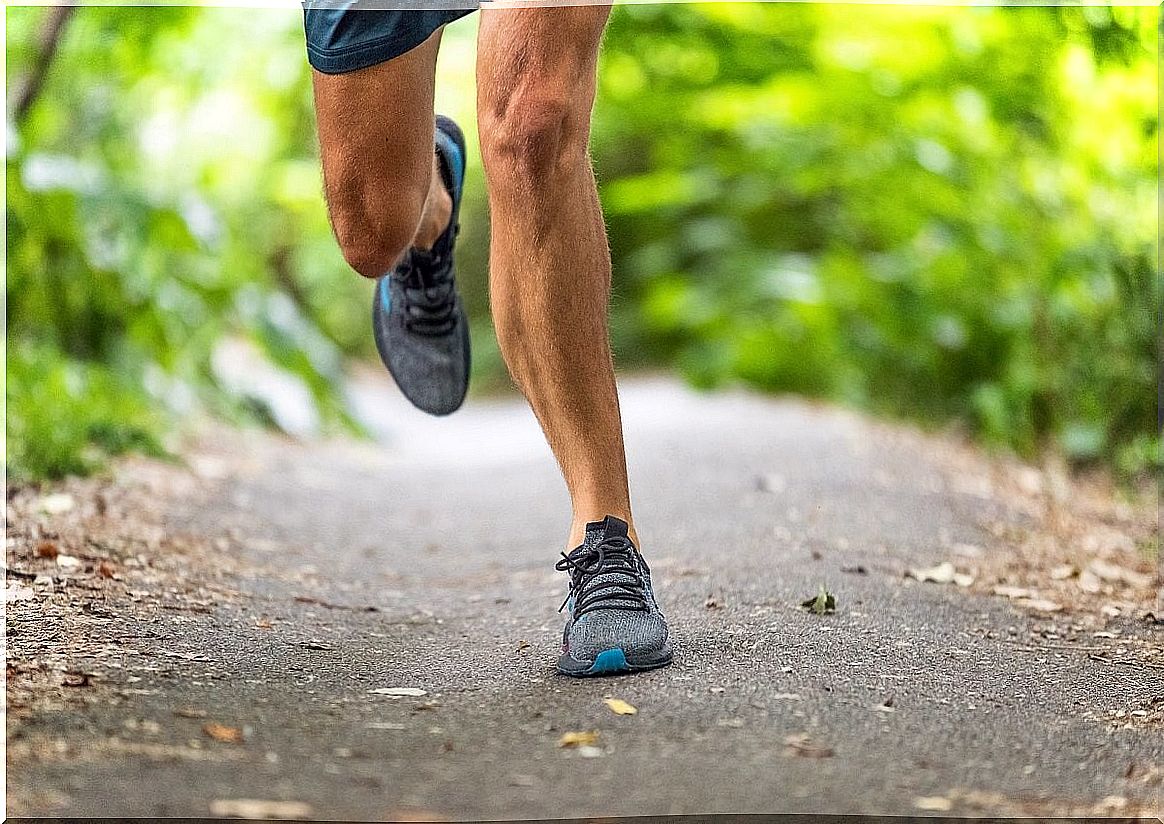
How does the type of footprint influence running?
In the act of running, the repetition of a certain gesture can lead to the acquisition of structural anatomical errors. Some of the most frequent problems among runners are the following:
- Kyphosis: consists of an increase in the curvature of the thoracic spine.
- Genu varus: causes knees in the form of (), typical in footballers and riders or in arthritic processes.
- March in abduction (ABD) : when they do it outwards.
- Varus foot : this time, the support is made towards the external side, supination.
- Dissymmetries : it is related to scoliosis. It causes a different length of lower limbs.
- Hyperlordosis : is the increase in physiological lordosis in the cervical or lumbar spine.
- Pes cavus : causes the increase of the plantar vault.
- Valgus foot : it is the tendency to walk with the feet inwards, pronation.
- Genu valgus: causes X-shaped knees; It is usually accompanied by a valgus foot, and is associated with increased ligamentous laxity.
- Adduction gait (ADD) : the balls of both feet are turned inwards.
- Flattened or lax foot : it is the little or no plantar vault, pronation.
- Scoliosis – causes an abnormal curvature of the spine in the frontal plane; it usually appears at pubertal age.
Tips to improve your running footprint
The above may sound alarming, but there is nothing to fear. Fortunately, you can improve your stride by correcting incline, stance, step frequency, foot training, and posture. Let’s look at the recommendations in detail.
Inclination
It is recommended -at the moment of making the tread when running- to hold a posture that implies a slight forward leaning. In this way, progress can be promoted a little more.
Support for
To avoid injuries and achieve a more efficient footprint, it is necessary that the foot rest on the ground is done with the front half of the foot, focusing on the metatarsal area.
Frequency of steps in the tread when running
By implementing the above technique to achieve more effective foot support when running, greater muscle economy can be achieved, which will give a more extensive step-to-step frequency.
This will also help to maintain a proper balance between frequency and step length. The best frequency range is estimated to be 160-180 steps per minute.
Exercise
To build a correct footprint when running and for the race to gain in effectiveness, one constant is to try to keep the feet on the ground for as little time as possible. In this sense, it is convenient to perform strength exercises to tone both the ankles and the feet, which optimizes this process called “reactive feet”.
Position
Last but not least, it is necessary to take care of the general posture of the body when running. Maintaining a high and upright posture, with distended shoulders, eyes straight ahead and arms at 90º – avoiding crossing the midline of the body when balancing them – will be key to having a better footprint and avoiding injuries.
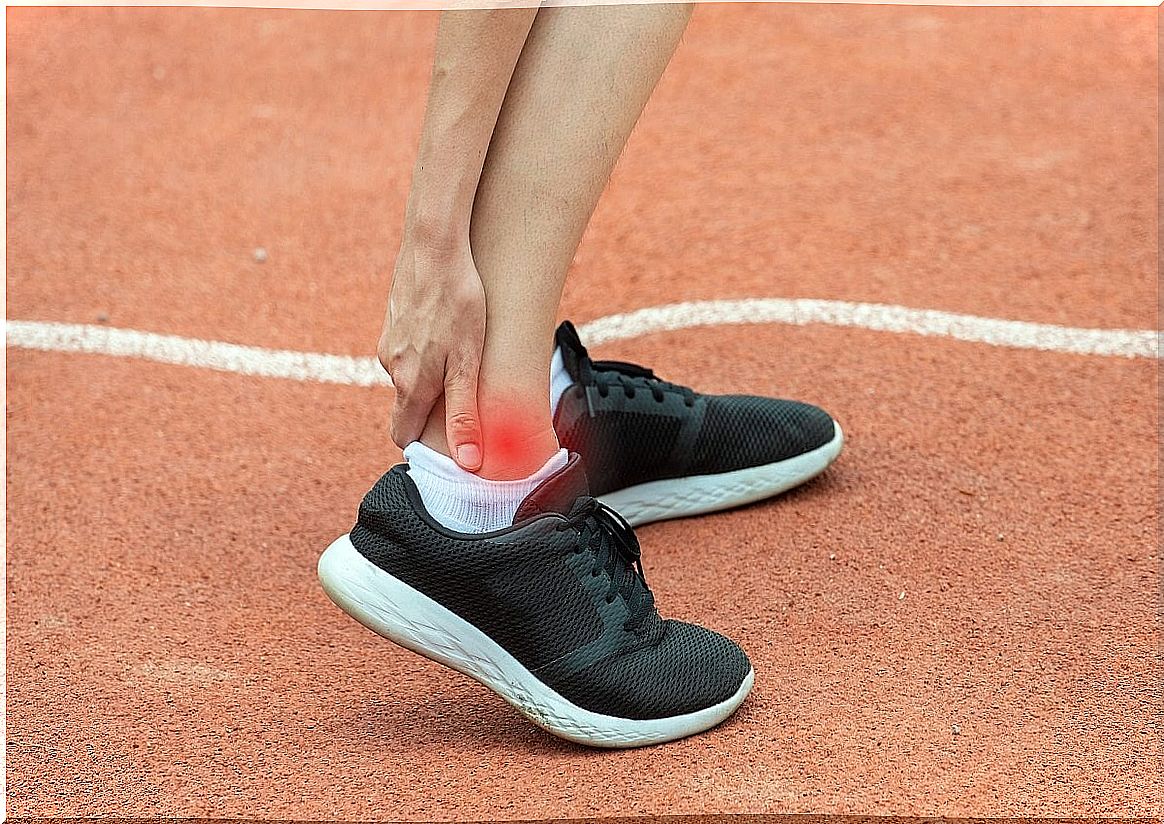
Barefoot running: a new trend that could help you change your running footprint
According to an article in the International Journal of Sports Sciences, in 2009 a new technique emerged to tackle long- distance running , called Barefoot running , also known as barefoot running.
This allows to achieve a higher stride frequency, a lower rate of injury and changes in the pattern of the footprint when running. In addition, it contributes to a better running economy due to the elimination of the weight of the footwear.
But that is not all. In his doctoral thesis on the subject, presented at the University of Jaén, Marcos Muñoz Jiménez assures that the implementation of the aforementioned technique causes adaptive changes in the lower extremities.
This phenomenon, it seems, can be used to greatly reduce the risk of injury caused by high impact or stress peaks.

